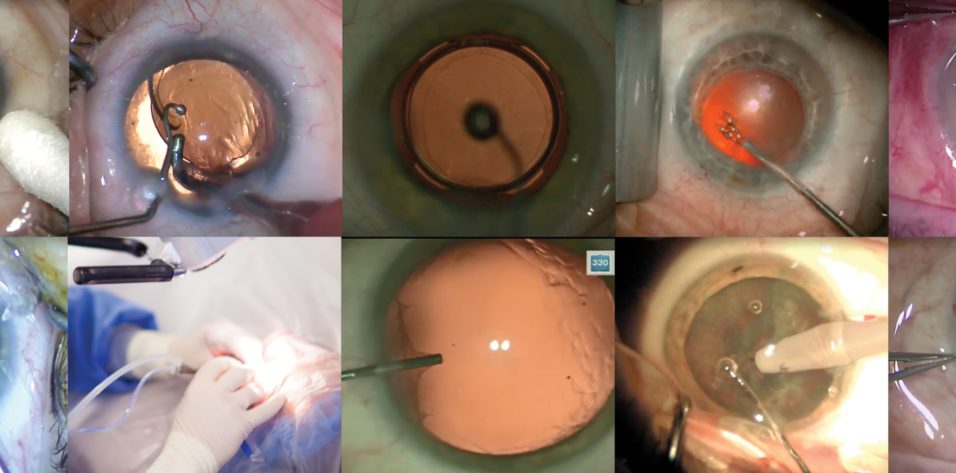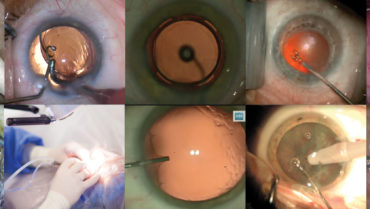
Cataract surgery has seen major improvements in technique and technology in recent years. I have adopted the use of many new tools in my OR, and I have certainly updated the approach that I use. One mainstay in my 20-year career, however, is the phaco technique I rely on most heavily. In this article and my accompanying Eyetube video (bit.ly/jgira0220), I explain why.
SOME PREFERENCES
I still like to use the divide-and-conquer phaco technique that I learned when I first started doing cataract surgery 20 years ago. I have tried chop and phaco-flip techniques with success, but divide-and-conquer is still the quickest and safest technique for nucleus disassembly in my hands. From my viewpoint, the main advantage of divide-and-conquer phacoemulsification is that I always know where the posterior capsule is when I am debulking and removing most of the cataract.
I use diamond blades and now sapphire blades from Katalyst to make my incisions. I like that I only have to do a stab incision with these blades and that the wounds they create are perfect every time. I appreciate their high reproducibility because it makes my surgically induced astigmatism very predictable.
My main OVD is Amvisc Plus (Bausch + Lomb), which has the perfect combination of dispersive and cohesive properties. It stays in the eye while I do my capsulorhexis, yet it’s easy to remove at the end of the case. It is also compatible with the ORA System With VerifEye (Alcon) that I use in surgery.
BEGINNING SURGERY
Before I start surgery, I rinse the surface of the eye copiously with balanced saline solution (Figure 1). Even though the eye has been prepped and draped in a sterile fashion, the introduction of a lid speculum and the pressure it places on the lids can cause expression of meibomian secretions and other unwanted debris onto the surface.

Figure 1. The eye is copiously rinsed with balanced saline solution.
I start my capsulorhexis with a cystotome (Figure 2). This allows me to precisely place the initial opening and create a flap to easily grasp onto. I finish the rhexis with Utrata forceps, making sure to lead the edge of the rhexis around to join its beginning.
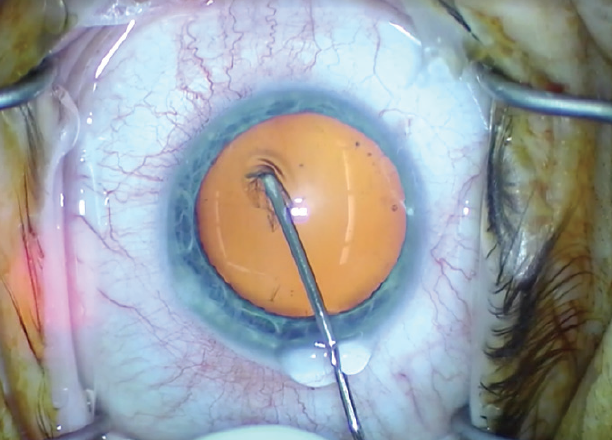
Figure 2. The capsulorhexis is started with a cystotome.
Hydrodissection is one of the most important steps of cataract surgery, in my opinion. Having the nucleus freely rotate simplifies the rest of the case (Figure 3).
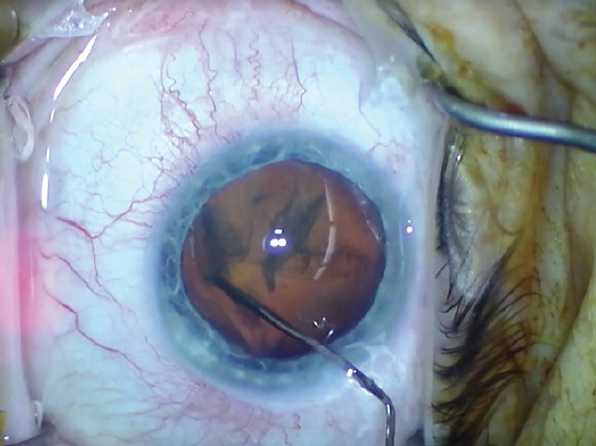
Figure 3. Hydrodissection is performed so that the nucleus can freely rotate.
For phacoemulsification, I prefer the Stellaris Vision Enhancement System (Bausch + Lomb). I have found that its chamber stability is second to none. The ability to optimize my settings for the burst energy duration and interval makes segment removal effortless. I keep my phaco tip in the center of the eye and use the machine and the second instrument as needed to bring the pieces to the tip, rather than the tip to the pieces (Figure 4). By not chasing the pieces, I minimize the risk of compromising the capsule with the phaco tip. I use the Snapper (Bausch + Lomb) as my second instrument. This tool has a blunt tip for safety but a sharper backside for easy chopping of nuclear pieces. When I am not using it to bring pieces to the phaco tip, I make sure to keep the Snapper underneath the tip to protect the posterior capsule.
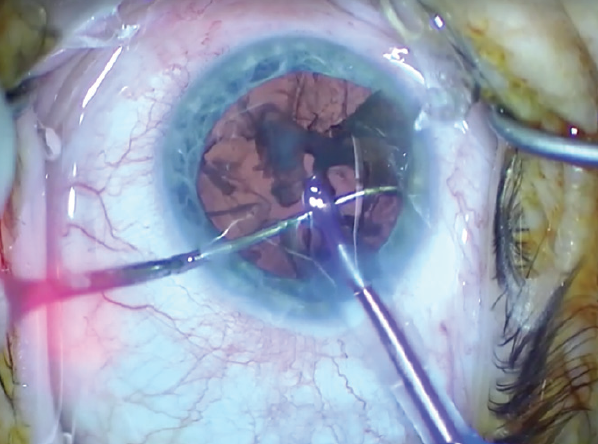
Figure 4. The second instrument is used to bring the nuclear pieces to the phaco tip.
Irrigation and aspiration is done starting with the largest tag of cortex. Once started, I move in a circumferential pattern until all pieces are aspirated. I then vacuum the posterior capsule if needed.
IOL IMPLANTATION
The SofPort AO (LI61AO, Bausch + Lomb) is my monofocal IOL of choice. This aspheric IOL has a uniform power across the entire optic, so if the lens is tilted or decentered at all it does not affect the patient’s vision. I also find that the IOL injector is easy to load and use. Because it is a three-piece lens, I usually don’t have to change to another lens if I need to place it in the sulcus. Most importantly, I never have patients complain of negative dysphotopsias.
When removing the OVD from the eye, I think it is critical to go behind the lens to make sure it is entirely evacuated. I also rock the IOL back and forth to ensure removal of the OVD from the sulcus and peripheral bag. Spending the few extra seconds to do this eliminates IOP spikes postoperatively, reduces inflammation, and decreases the risk of endophthalmitis.
At the end of the case, I place Maxitrol ointment (Neomycin-polymyxin B-dexamethasone, Alcon) on the eye and use Besivance (besifloxacin ophthalmic suspension 0.6%, Bausch + Lomb), Prolensa (bromfenac ophthalmic solution 0.07%, Bausch + Lomb), and Lotemax (loteprednol etabonate ophthalmic suspension 0.5%, Bausch + Lomb) drops postoperatively.
CONCLUSION
I have integrated advanced skills and the latest technologies to my routine cataract surgeries over the years, but I continue to rely on some mainstay techniques that have worked well for me. Divide-and-conquer phacoemulsification has been, and will continue to be, a steadfast reliable and dependable constant in my armamentarium.

